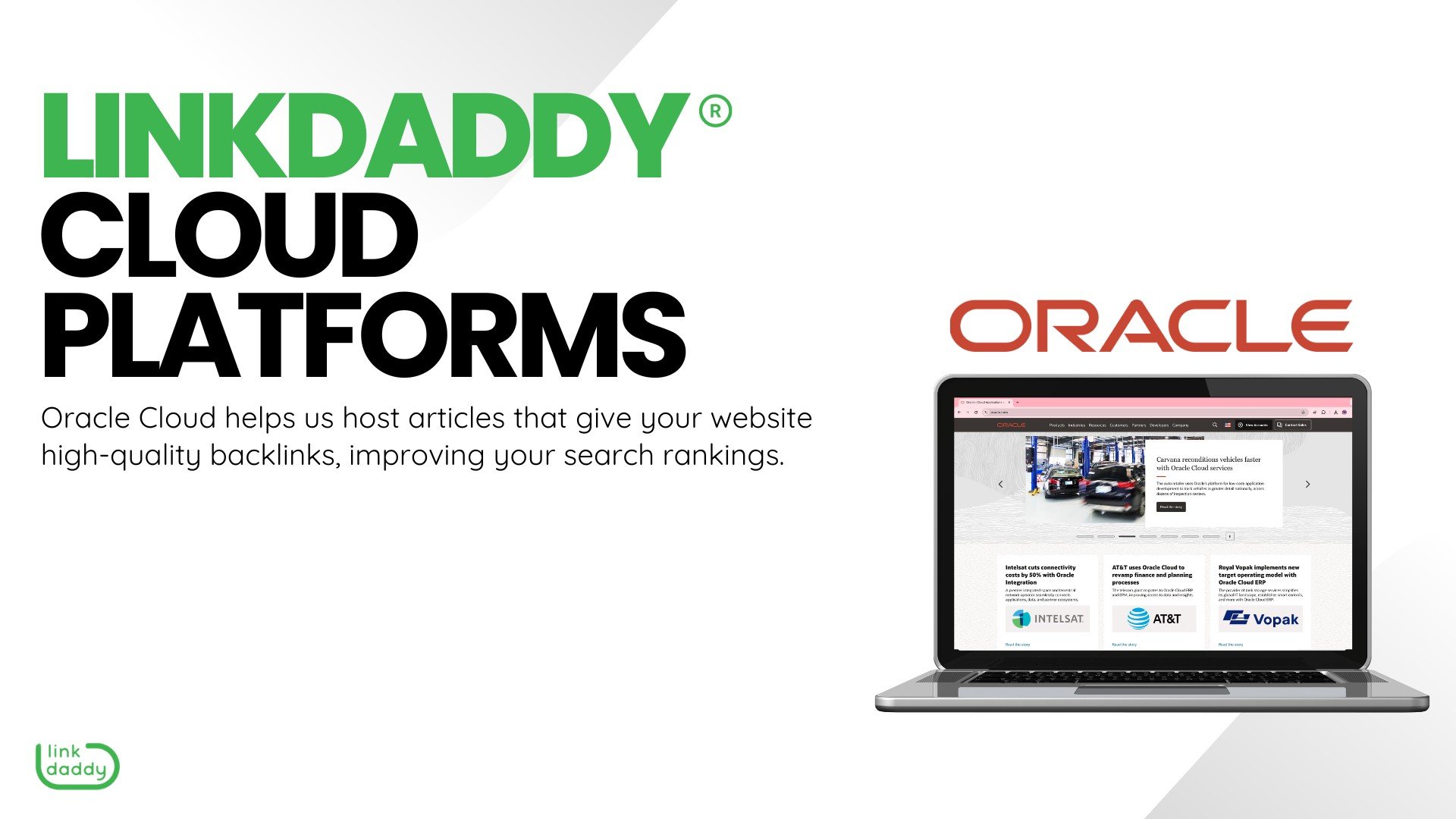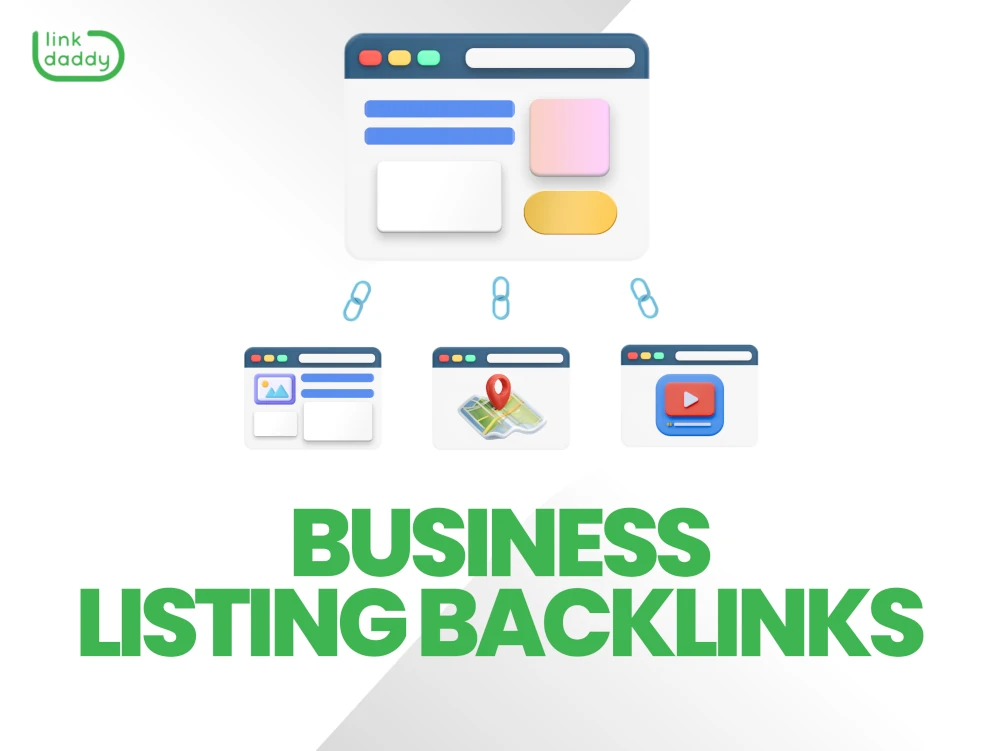Understanding the Various Kinds Of Cloud Providers and Their Uses
In today's digital landscape, the realm of cloud computer supplies a varied range of solutions that provide to the needs of organizations and people alike. From Facilities as a Service (IaaS) to Software Program as a Solution (SaaS), each kind of cloud service serves a distinct purpose and supplies distinct advantages. Comprehending the distinctions between these different cloud versions is important for enhancing procedures, enhancing scalability, and ensuring cost-efficiency in an increasingly interconnected globe. By exploring the nuanced performances and applications of each cloud solution, one can navigate the intricacies of cloud computer with accuracy and foresight.
Framework as a Solution (IaaS)
Infrastructure as a Solution (IaaS) supplies customers with virtualized computing sources online on a pay-as-you-go basis. This cloud computing version supplies essential IT facilities such as virtual devices, storage space, and networking without the demand for organizations to buy and manage physical web servers and data centers. With IaaS, users can scale resources up or down based on their needs, providing versatility and cost-efficiency.
Among the crucial benefits of IaaS is its ability to rapidly provision and release infrastructure components, enabling businesses to respond rapidly to altering needs and market problems. By contracting out framework monitoring to the company, companies can focus more on their core organization activities instead than dealing with the intricacies of equipment maintenance and upgrades.
In addition, IaaS supplies a high degree of dependability and security, with carriers commonly using robust information back-up, catastrophe recovery, and cybersecurity procedures. This assists make sure that essential organization operations remain uninterrupted and data continues to be shielded versus prospective risks. linkdaddy cloud services. Generally, Facilities as a Solution simplifies IT operations, enhances scalability, and decreases funding expenses for organizations of all sizes
System as a Solution (PaaS)
Structure upon the foundation of Infrastructure as a Solution (IaaS), System as a Solution (PaaS) uses a thorough setting for programmers to create, release, and manage applications without the complexities of underlying facilities monitoring. PaaS supplies a platform with devices and solutions that enhance the development procedure, allowing programmers to concentrate on writing code and building applications rather than taking care of framework issues.

Software as a Service (SaaS)
Software Program as a Service (SaaS) changes the method companies access and make use of software program applications by supplying them on a membership basis via cloud service providers. This cloud computer version gets rid of the requirement for companies to mount and keep software application on private devices, as every little thing is held and taken care of centrally in the cloud.
SaaS provides a cost-efficient solution for organizations as they just pay for the software application they make use of without the added costs of equipment upkeep or software program updates. It also supplies scalability, allowing firms to quickly change their software application requirements based upon their demands.
Furthermore, SaaS applications can be accessed from any type of gadget with a net link, promoting partnership and flexibility among remote groups. Safety is a leading priority in SaaS, with service providers carrying out robust actions to secure data stored in the cloud.
Popular examples of SaaS include customer relationship monitoring (CRM) software application like Salesforce, productivity devices like Microsoft Workplace 365, and partnership systems like Google Office. SaaS proceeds to acquire traction in business globe because of its ease, cost-efficiency, and scalability.
Function as a Service (FaaS)
With the development of cloud services like Software program as a Solution (SaaS) streamlining software program shipment, Function as a Solution (FaaS) stands for a paradigm shift in exactly how code is executed in a serverless Extra resources environment. FaaS allows designers to write and perform private functions or items of code in response to details events without the need to handle the infrastructure. This serverless computing design enables programmers to focus only on creating code to execute particular functionalities, without worrying themselves with the underlying infrastructure or web server management.
One of the crucial advantages of FaaS is its ability to scale immediately based upon the incoming workload. Features are carried out in stateless containers that are spun backwards he has a good point and forwards as needed, ensuring optimum resource application and cost-effectiveness. FaaS is especially helpful for event-driven and microservices styles, where code execution is triggered by occasions such as HTTP requests or database updates. By extracting the infrastructure layer, FaaS simplifies development, increases time to market, and enhances overall agility in releasing cloud-native applications.
Storage Space as a Solution (STaaS)
A fundamental part in cloud computer, Storage space as a Solution (STaaS) provides customers with a reliable and scalable service for managing information storage needs. STaaS allows organizations to store and recover data from remote web servers using the net, getting rid of the requirement for on-premises equipment. This solution provides flexibility by making it possible for users to pay just for the storage space they make use of, making it a cost-efficient solution for organizations of all dimensions.

STaaS is especially helpful for companies with changing storage demands, as it offers a dependable and safe storage space solution without the need for significant ahead of time investments. By leveraging STaaS, organizations can enhance their information administration procedures, enhance ease of access, and improve data safety and security in a cost-effective fashion.

Conclusion
In final thought, understanding the various kinds of cloud solutions and their uses is important for businesses and individuals looking to utilize the benefits of cloud computer. By using the best cloud solution, their website companies can enhance their effectiveness, scalability, and flexibility in managing their IT facilities and applications.
From Infrastructure as a Solution (IaaS) to Software Application as a Solution (SaaS), each type of cloud service offers a special purpose and supplies unique benefits. universal cloud Service. By checking out the nuanced performances and applications of each cloud solution, one can navigate the complexities of cloud computer with accuracy and foresight
With the evolution of cloud solutions like Software program as a Service (SaaS) enhancing software application delivery, Function as a Service (FaaS) represents a standard change in how code is carried out in a serverless atmosphere.In verdict, understanding the various kinds of cloud services and their uses is important for individuals and businesses looking to utilize the advantages of cloud computing. By utilizing the best cloud service, companies can improve their effectiveness, scalability, and adaptability in managing their IT infrastructure and applications.